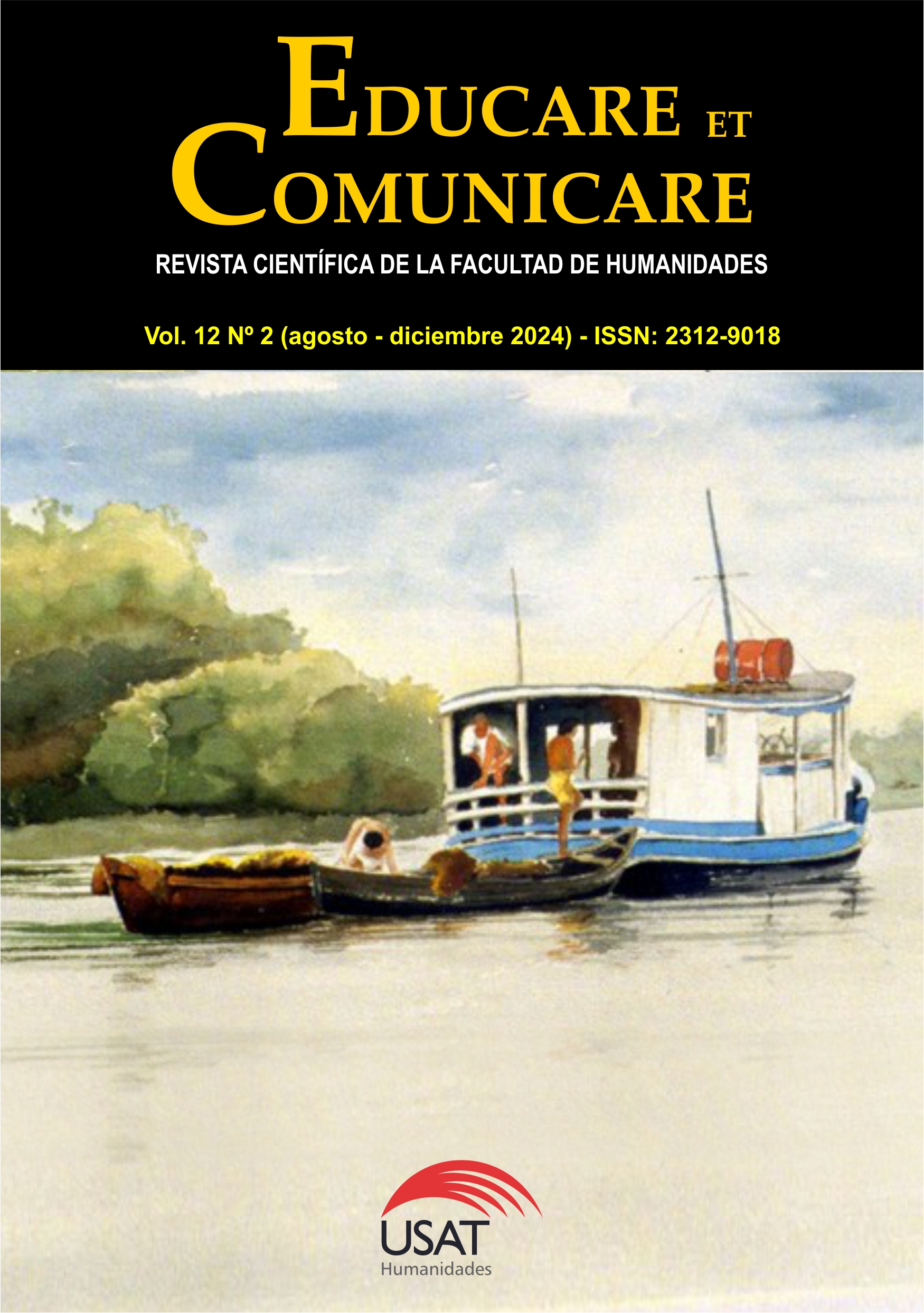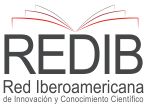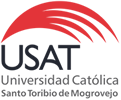Personajes teatrales que se escapan de las páginas de sus novelas: interpluritextualidad en el teatro de Mario Vargas Llosa
Abstract
Interpluritextuality (or also intratextuality, autointertextuality), which builds a bridge between novels and theatre, is a unique characteristic of Vargas Llosa's fiction. Connecting his narrative and his theatre using the same characters is part of the totalizing desire that Vargas Llosa has expressed in his essays and interviews. This Balzacian search and ambition to encompass the totality of humanity meant that several of his theatrical characters were conceived years before in his narrative and recovered from it to take on a leading role in the theatre later on. This recurrence can be traced back to Vargas Llosa's literary conception itself; Pedro Camacho, Zavalita, la Chunga, Lituma and the unconquerables are part of the entourage of cultural self-demons that have driven the Nobel Prize winner's creative force to the point of achieving their own existence. They did not preexist the creator, they were born with him in the novel and became visible in dramatic art. In this line, we propose in the present study: to analyze how such characters were conceived in a novel and exorcised in its theater.
Downloads
References
Dällenbach, L. (1976). Intertexte et autotexte, Poétique 27 (1976), pp. 282-296.
Delgado del Águila, J. M. (2020). Protagonismo violento: elemento intratextual de La ciudad y los perros con las obras literarias iniciales (1952-1977) de Vargas Llosa. Sincronía, 78, pp. 303-323. Universidad de Guadalajara. https://www.redalyc.org/journal/5138/513864246013/html/
Fitch, B. T. (1982). Des écrivains et des bavards: l’intra-intertextualité camusienne, dans Albert Camus: œuvre fermée, œuvre ouverte? Gallimard, N.R.F., pp. 267-283.
Genette, G. (1989). Palimpsestos. La literatura en segundo grado, trad. de Celia Fernández Prieto, Taurus.
Kristeva, J. (1974). La révolution du langage poétique. Éditions du Seuil.
-------------- (1966). Le mot, le dialogue, le roman, dans Séméiotikè: recherches pour une sémanalyse. Éditions du Seuil, collection Points, pp. 82-112.
-------------- (1968). Problèmes de la structuralisation du texte, dans Théorie d’ensemble. Éditions du Seuil, pp. 298-317.
Landa Rojas, L. E. (2006). El verdadero catoblepas: relaciones intertextuales en las obras de Mario Vargas Llosa. [Tesis de Maestría]. Pontificia Universidad Católica del Perú. https://core.ac.uk/download/pdf/196537174.pdf
Monterroso Zelada, J. M. (1983). La guerra del fin del mundo: una novela totalizadora. [Tesis doctoral]. Universidad del Valle de Guatemala.
Navarro, X. (1998). La recurrencia de Lituma en la obra de Mario Vargas Llosa. [Tesis doctoral]. Faculty of Texas Tech University. http://hdl.handle.net/2346/14816
Oviedo, J. M. (1982). Mario Vargas Llosa: la invención de una realidad. Seix Barral.
Oviedo, J. M. (1983). Mario Vargas Llosa: estudios críticos. Rossman, Ch. y Warren, A. Coords. Editorial Alhambra SA
Ricardou, J. (1976). Terrorisme, théorie, dans Robbe-Grillet: Analyse, théorie (vol.1). Union Générale d’Éditions, pp. 10-33.
Riffaterre, M. (1976). Ensayos de estilística estructural. Barcelona. Seix Barral.
Rivera De La Cruz, M. (1997). Intertexto, Autotexto. La importancia de
la repetición en la obra de Gabriel García Márquez. Espéculo: Revista de estudios literarios. Universidad Complutense de Madrid. https://biblioteca.org.ar/libros-comedias/5658.html
Roffé, R. (comp.) (1985). Espejo de escritores: entrevistas con Borges, Cortázar, Fuentes, Goytisolo, Onetti, Puig, Rama, Rulfo, Sánchez, Vargas Llosa. Ediciones del Norte.
Vargas Llosa, M. (2023). Conversación en La Catedral. Alfaguara.
----------- (2019). La Casa Verde. Alfaguara.
----------- (2015). Cartas a un joven novelista. Penguin Random House Grupo Editorial
----------- (2013). El héroe discreto. Alfaguara
---------- (2000). Lituma en los Andes. Editorial Planeta
---------- (2001). Obra reunida: Teatro. Alfaguara.
---------- (1993). Los jefes. Los cachorros. Seix Barral.
---------- (1986). ¿Quién mató a Palomino Molero? Epub base r1.0
---------- (1977). La tía Julia y el escribidor. Seix Barral
Copyright (c) 2024 Shirley Verónica Chumacero Ancajima

This work is licensed under a Creative Commons Attribution 4.0 International License.
Los autores conservan los derechos de autor.
Esta obra está bajo una licencia internacional Creative Commons Attribution 4.0.
Los artículos publicados por la revista científica "Educare Et Comunicare" de la Facultad de Humanidades de la Universidad Católica Santo Toribio de Mogrovejo, Chiclayo, Perú están sujetos a una licencia internacional Creative Commons Attribution CC BY 4.0




















 BIBLIOTECA USAT
BIBLIOTECA USAT